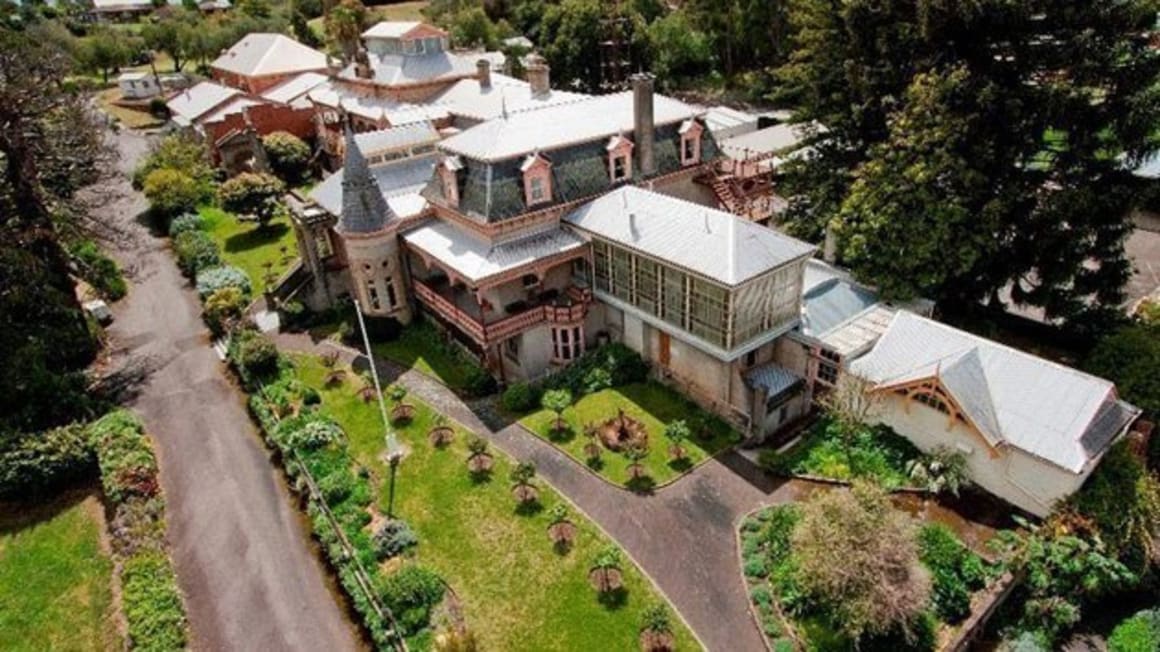Are heritage homes good investments?

With unique charm and situated in prime locations, there’s a lot of appeal to owning a heritage property. But while the rarity of heritage residence ensures that they have long-term value on the market, the many restrictions on renovating, subdividing or altering them can leave many investors wondering whether they’re worth the hassle.
If a property or site is deemed to be significant to the heritage of a local area, it may be protected under a heritage overlay, enforced by the local council. While a property that is deemed a “heritage place” by the local council may not necessarily have strict restrictions on changes, a heritage overlay will require a permit to subdivide land, demolish or remove any part of a building, carry out construction (including building a fence), construct or display a sign, externally paint an unpainted surface or externally paint an advertisement onto a building.
Other controls over external painting, internal alterations and trees also may apply, depending on the individual property.
Renovating For Profit founder Cherie Barber says that it’s vital to understand what kind of heritage protection the property in question falls under. She notes the distinction between a heritage listed property, and one that falls in a heritage and conservation precinct.
“One is individual, and one is blanket. Heritage and conservation applies to a whole suburb. The council is saying, ‘we’re going to be very particular about the development in the suburb. We want all the houses to retain the underlying fabric of the suburb.’ So they’re very particular about the exterior. Those properties usually don’t have any restrictions on what you can do internally.”
However, that doesn’t mean that a renovating a property in a heritage and conservation precinct is cheap. To obtain approval for changes to a property, the council often requires that renovators and investors produce reports from experts in heritage constructions.
Barber advises renovators in heritage suburbs to expect delays when trying to get paperwork approved through the council.
“The typical lead time in approvals is four to nine months in my suburb, and each report can be thousands of dollars.”
Barber recently spent $70,000 on reports alone while building an extension on the back of a property in a heritage and conservation precinct, even though the property itself wasn’t heritage listed.
According to Barber, the paperwork required in applying for permits for heritage homes is one of the greatest costs to investors. In 2004, Barber purchased a heritage listed property in Balmain, intending to subdivide the plot. But before signing the contract, she negotiated a five day due diligence period.
“I got a town planner, an architect and a heritage expert, we met off site, and we discussed whether I could get my subdivision approved.”
Engaging three experts for the single consultation cost about $1000. Barber’s team agreed that she would have an 80% chance of getting the subdivision approved, with a 20% chance that the matter would have to go before the Land and Environment court. With that knowledge in hand, Barber built the costs of legal proceedings into her investment.
The approval did end up going before the Land and Environment court – a lengthy and expensive process, Barber says. With each witness charging $250 to $300 an hour, Barber notes that it isn’t hard to spend $5,000 to $10,000 per witness. In total, the court process cost her $90,000.
Two years after purchasing the property for $2.51 million – with one year spent negotiating with the council, and one year in court – Barber sold it for $3.75 million, without undertaking any construction on the property. Total costs, Barber says, were about $360,000.
While Barber managed to walk away with a tidy profit from “paper shuffling”, she warns that the process isn’t for those without some serious capital behind them.
“For newbie investors, that’s the stuff that can send you bankrupt.”
While it may seem that heritage controls exist to preserve a building exactly as it originally stood, the Victorian Department of Transport, Planning and Local Infrastructure notes that “not every building or landscape element will be significant”, and that making changes or removing “non-contributory” elements of heritage places is generally not an issue.
Such subjective terms make councils unpredictable, Barber says. As such, she advises that only the serious investor or renovator should approach a heritage property.
“You’ve got to be savvy. You need a good team of professional experts around you. You have your trade team and your professional team – ‘the suits’– your town planner, your architect, your lawyer, your structural engineer. And when you’re working on a heritage property, you’re going to need the suits more than the trade team.”
Wakelin Property Advisory founder Monique Sasson agrees.
“Normally they are extremely significant, 7 figure properties. There are two reasons you would buy one of those: as a loved and cherished family home, or as some kind of commercial enterprise, to have a heritage related business.”
“Either way, we’re talking about a very significant investment.”
“If you’ve got that kind of money, and you’re pretty set on holding on to the property for many years, then a heritage property can be great.”
“But if you’re buying it because it superficially looks good, stay away.”
While owning a unique heritage property might seem appealing, Sasson warns that the task should only be approached by those with the budget, the knowledge, and the commitment.
“This is not a purchase for the average investor. This is for a specialised investor.”
“For the average mum and dad investor – don’t go near it.”
Back in September Property Observer listed four of our favourite heritage properties covered throughout 2013.
Amongst our picks was Bendigo's Fortuna Villa heritage trophy estate (pictured below). It finally sold in June last year, for $2.21 million.
{yoogallery src=[images/stories/2013/04/april12fortuna]}